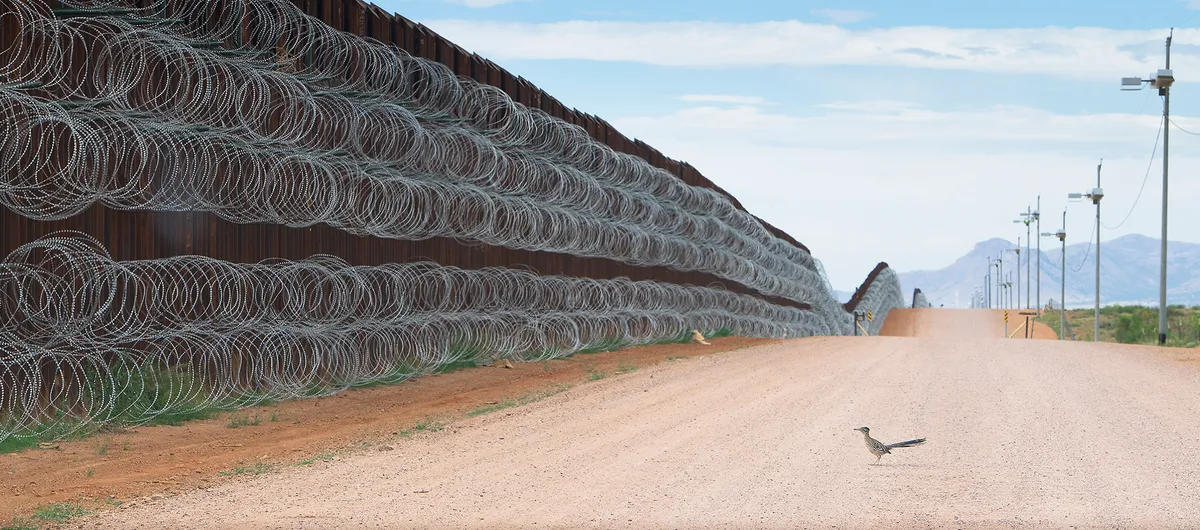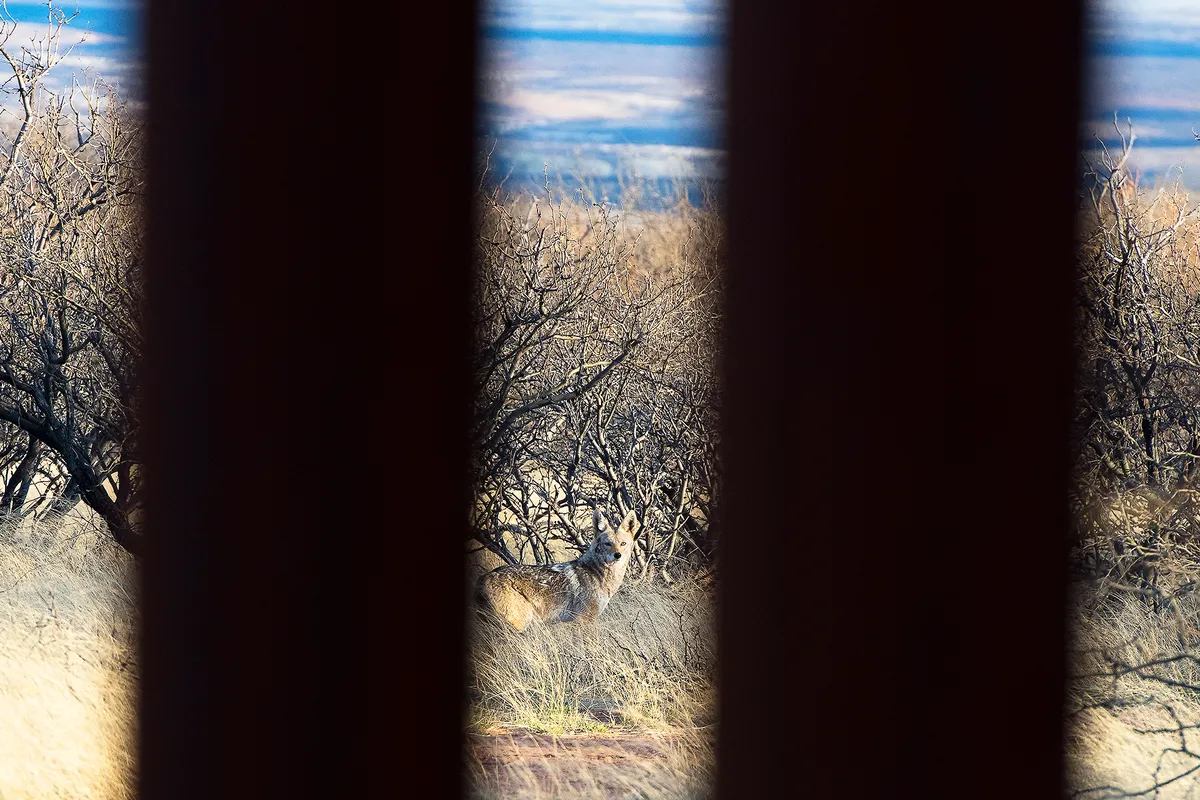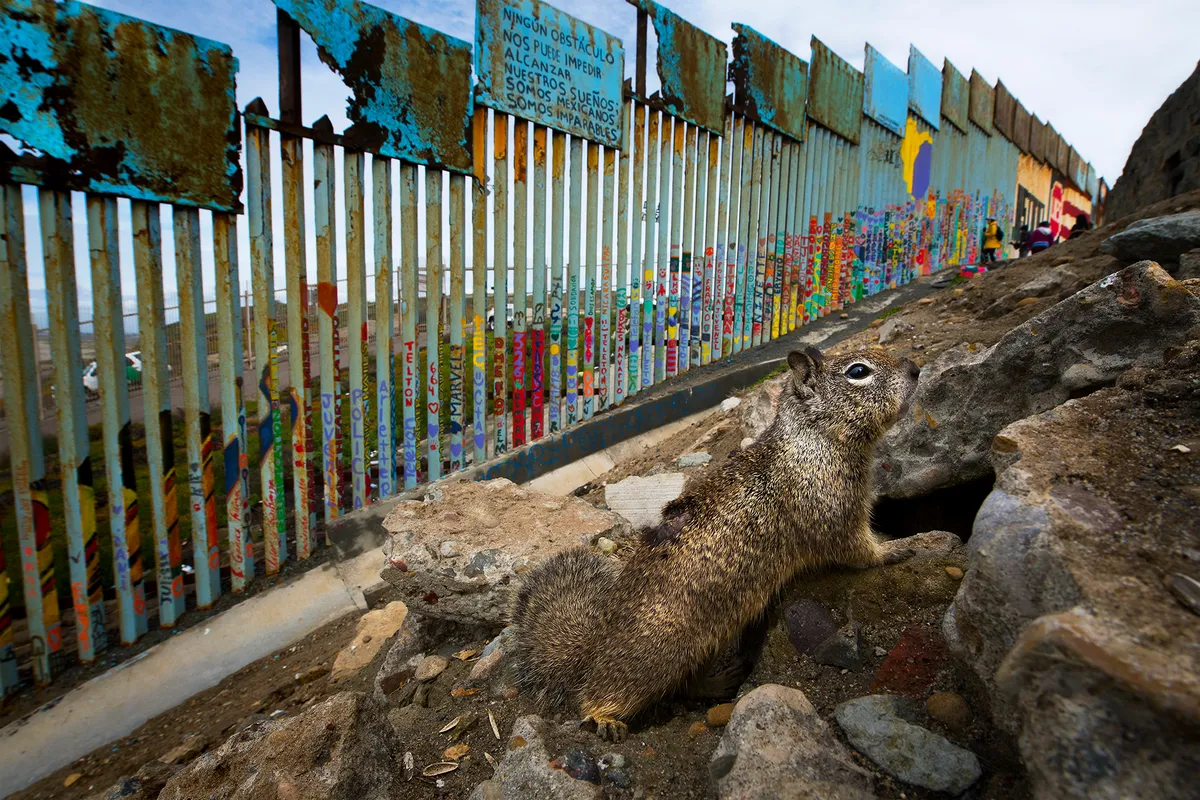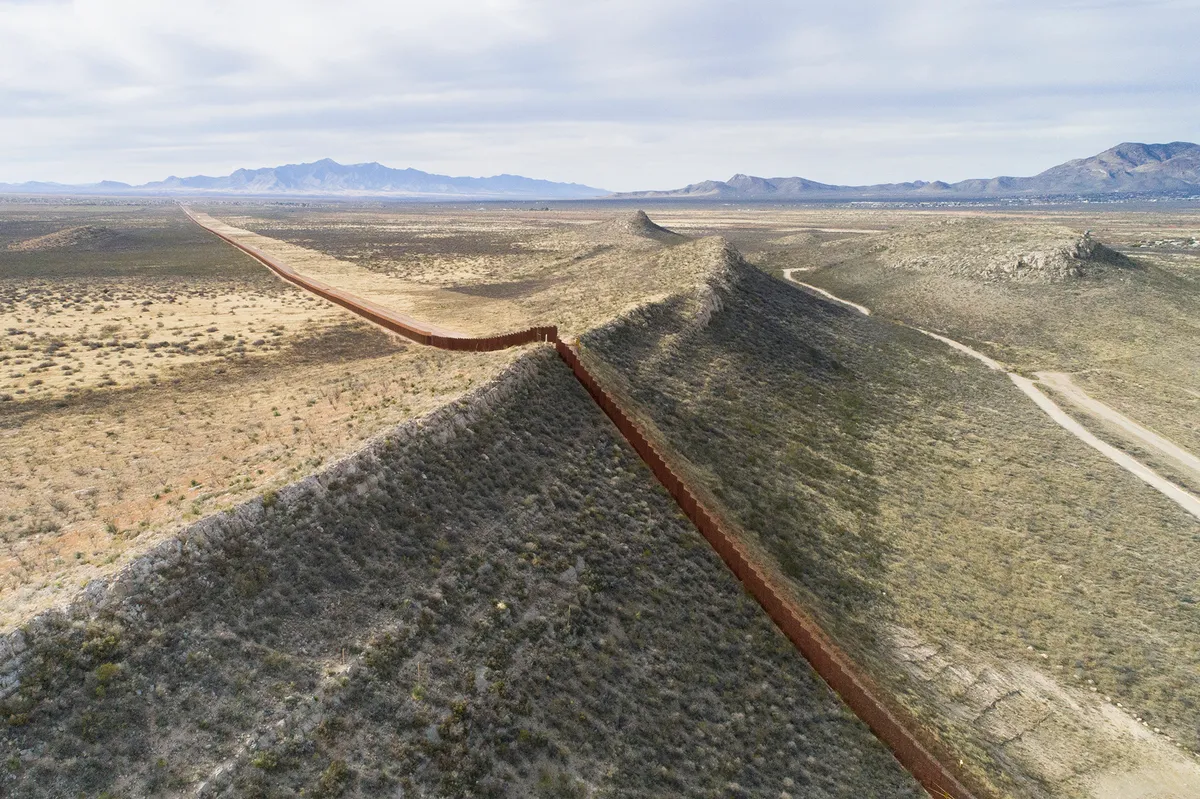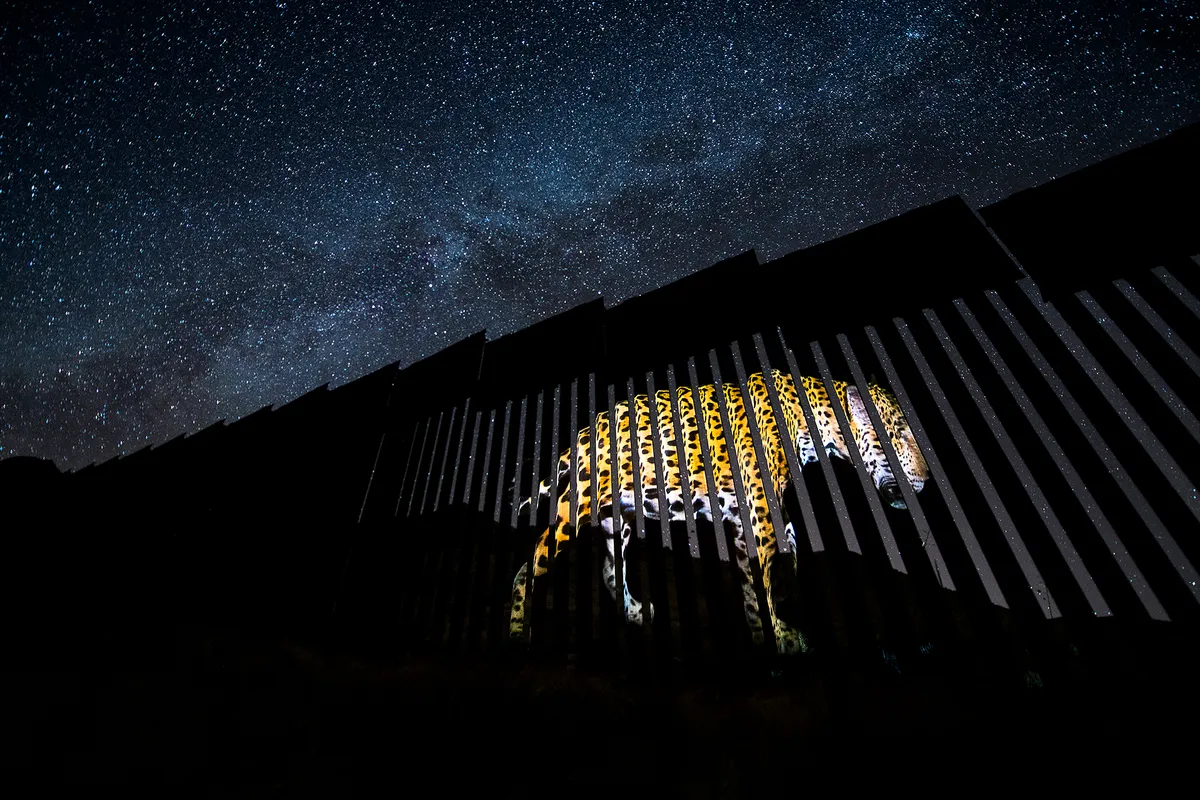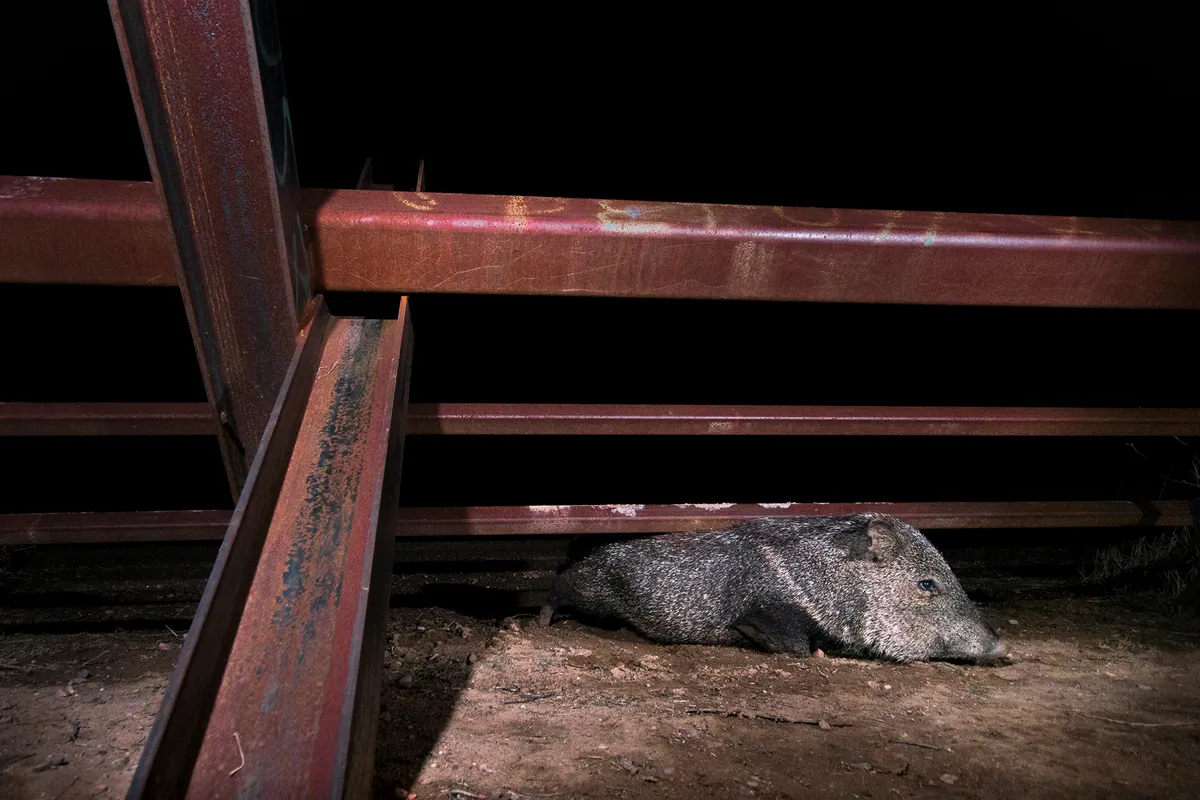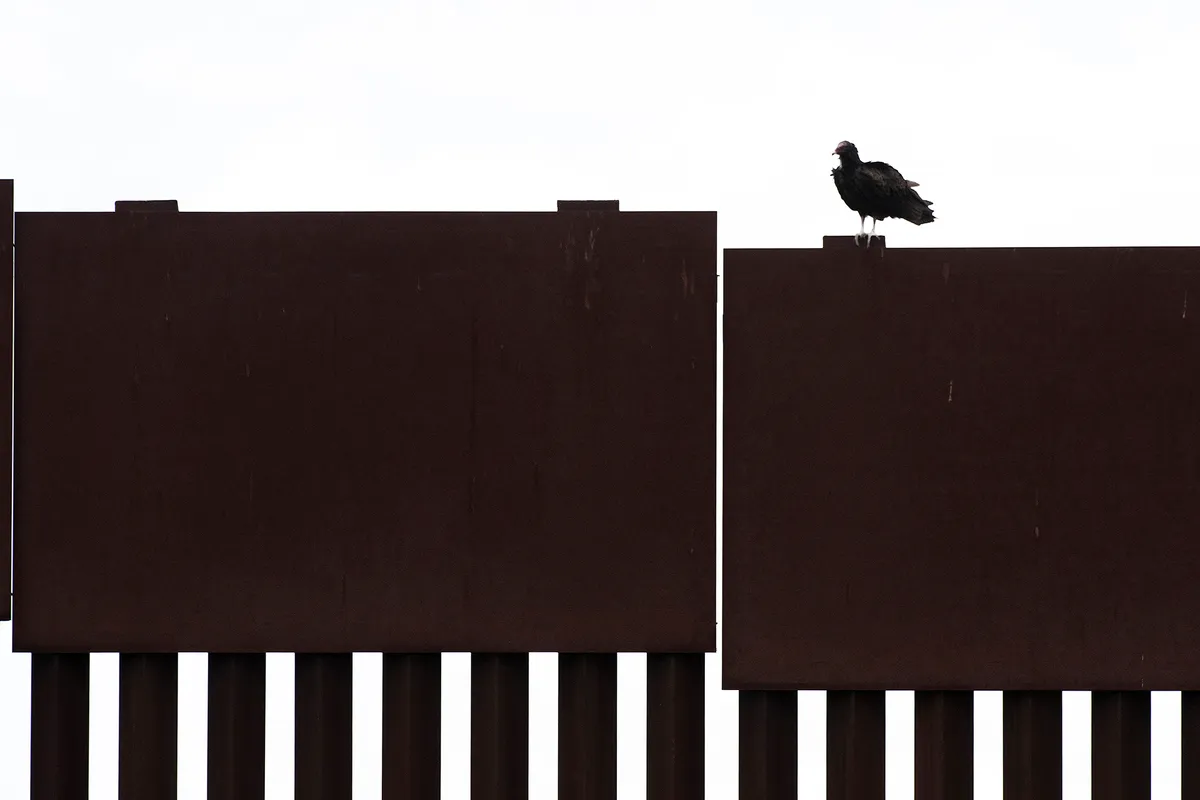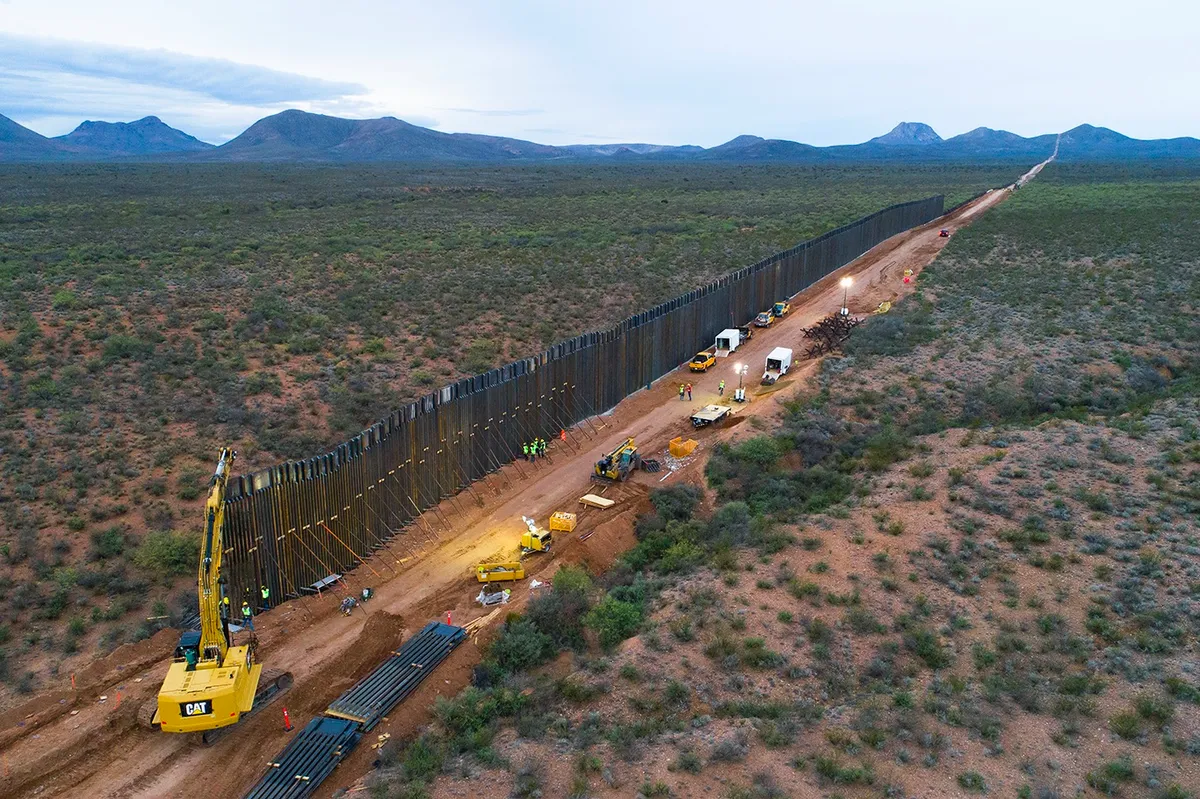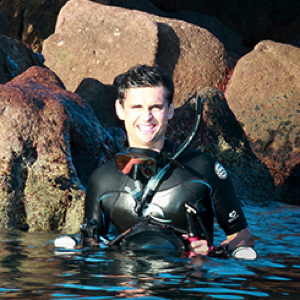About the USA-Mexico border wall and its impact on wildlife
Before Donald Trump took office as president of the United States, there was already just over 1,000km of barrier along the 3,145km US- Mexico border and, during his administration, some 600km were either built or reinforced. The impact on illegal immigrants and drug imports is up for debate, but the damaging consequences for the 1,500 species that live in this region are becoming clear.
The first section was built in the 1990s in Tijuana, Mexico. Since then, the Department of Homeland Security has waived more than 30 environmental and cultural laws to expedite construction, including the Endangered Species Act.
The border runs from the Pacific Ocean in California to the Gulf of Mexico in Texas, traversing an incredible range of different ecosystems and numerous nature reserves and parks, including El Pinacate Reserve, Organ Pipe Cactus National Monument and Santa Ana Wildlife Refuge. Iconic species such as ocelot, pronghorn, Mexican grey wolf and American bison all roam the border, and rely on an unfragmented landscape for their survival.
The biggest native feline to inhabit the Americas, jaguars almost became extinct due to hunting and loss of suitable habitat. There are now fewer than 3,500 left in the wild. The ‘sky islands’ – biodiverse patchworks of mountain, desert and grassland – spanning the border between Arizona and Sonora in Mexico, are perfect jaguar habitat. Conservationists fear that building a wall through this area could mark the extinction of jaguars in the USA.
At the moment, much of the border barrier is still permeable, allowing species such as the mountain lion, also known as cougar or puma, to move through the region. However, the new Border Wall System consists of steel bollards set just 10cm apart, topped by metal plates reaching heights of between 5.4–9m. Like jaguars, mountain lions have low population densities and need to migrate across vast swathes of habitats to find mating partners and maintain genetic diversity.
It is not just the movement of mammals that is affected. Despite their wings, many low- flying bird species may be deterred by a higher, more solid wall. Moreover, wild turkeys, as well as the locally endangered ferruginous pygmy owl – which moves with a swooping, woodpecker-like flight – have a preference for brushy cover, so the wide, open expanse of vehicular access roads running alongside the wall could be as off-putting as the wall itself.
As construction work continues apace into increasingly remote and rugged regions, it brings with it hundreds of kilometres of roads, noise, heavy machinery and high-powered lighting – all anathema to sensitive wild animals.
“I hope the new Biden administration will stop the building of new segments of wall and hopefully knock down the wall in specific areas where wildlife is vast,” says Alejandro. “There are many other ways to control immigration without disturbing the natural world.”
About the Alejandro Prieto
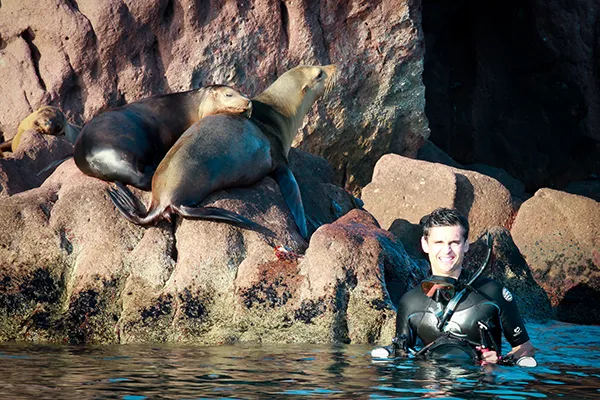
Alejandro Prieto is a wildlife and underwater photographer from Guadalajara, Mexico. He is currently working together with Alianza Jaguar AC, a foundation dedicated to jaguar conservation, and won the Wildlife Photojournalism award in the Wildlife Photographer of the Year 2019 contest for one of his jaguar images.
He has also been awarded and highly placed in a variety of other photography awards including GDT European Wildlife Photographer of the Year, World Press Photo, National Geographic Nature Photographer of the Year and Underwater Photographer of the Year.
During his one-and-a-half-year documenting project, photographer Alejandro faced some hostility – contending with cameras being stolen, harassment from border patrol and the constant presence of drug cartels. “These people are dangerous and don’t like people hanging out inside their territory,” he says.
To view the images as a slideshow, click on the arrows in the top right hand corner of the photos below.
